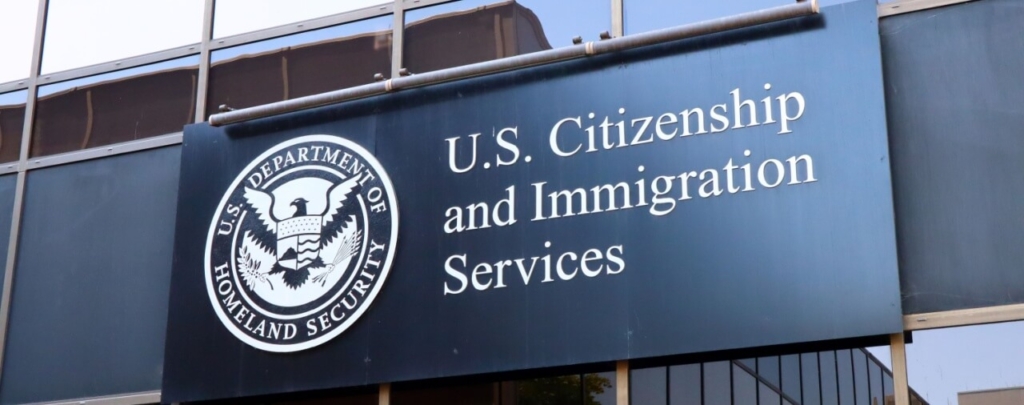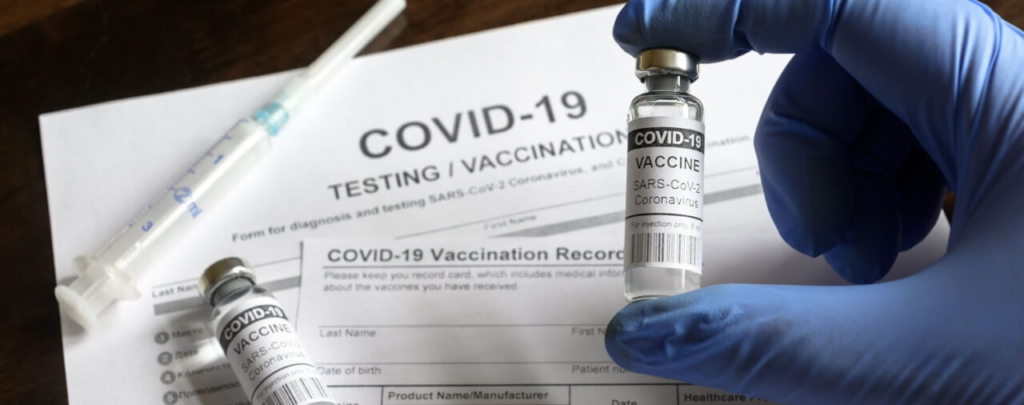The Supreme Court Grants Cert
In the immigration blog, I discussed in detail the Fifth Circuit’s decision to uphold a District Court injunction against the DAPA program [see article] and the Government’s petition for a writ of certiorari (review) with the United States Supreme Court [see article]. On January 19, 2015, the Supreme Court granted the petition for review and will hear the case (United States v. Texas, Case No. 15-674) [see PDF]. The case is likely slated for oral arguments in April, and a decision can be expected in June. This means that the Supreme Court will likely decide the issue well before President Obama’s term in office expires on January 20, 2017. Because I have already discussed the Fifth Circuit decision and the Government’s petition for review, I will refer you to those posts to read about the facts of the case and my broader thoughts on them. For this post, I will focus on what we can glean from the Supreme Court’s decision to grant review.
The Significance of Granting Review Now
The Obama Administration sought to have the case reviewed expeditiously for obvious reasons: President Obama’s term expires on January 20, 2017. Had the Supreme Court not taken the case in April, even a favorable outcome would have likely (although not definitely) been moot in the event that one of the Republican candidates wins the election next November. Because a decision is expected in June, the Department of Homeland Security (DHS) would likely be able to begin implementing the DAPA program before President Obama leaves office in the event of a favorable decision from the Supreme Court.
Should We Draw Any Conclusions About How the Case Will be Decided?
We should not draw any concrete conclusions in this regard. Allow me to explain why.
In order to grant a petition for review, four Justices must vote to hear the case. However, we have no way of knowing which Justices wanted to review the case or for what reasons those Justices wanted to review the case. Therefore, it is impossible to draw any conclusions regarding the ultimate outcome of the case from the Supreme Court’s decision to grant review aside from the fact that at least four Justices voted to do so.
Proponents of the Government’s position may draw optimism from the fact that the case does not arise from a disagreement between circuits, but from the Fifth Circuit alone upholding the District Court’s injunction. However, as I noted above, the Justices may have had any number of reasons or motivations for voting to grant review in this case.
However… the Supreme Court Adds an Issue
That the Supreme Court granted review when it did was not unexpected. Furthermore, the Supreme Court will review the issues that were decided by the Fifth Circuit. That is:
1. Whether Texas has standing to bring the suit;
2. Whether the implementation of DAPA violates the Administrative Procedures Act;
3. Whether DAPA is within the President’s authority under the Immigration and Nationality Act.
However, in an extremely unusual move, the Supreme Court directed both Texas and the Government to brief and argue an additional question: “Whether the Guidance violates the Take Care Clause of the Constitution, Art. II, [sec.] 3.”
Texas had asked the District Court to consider this question, but neither the District Court nor the Fifth Circuit decided it. I discussed it very briefly in footnote 5 of my article on the Fifth Circuit decision [see the footnote]. As I stated then, I do not think that reaching the “Take Care Clause” issue is necessary for correctly determining that the President does not have the authority to implement DAPA. However, this is an extremely interesting development for multiple reasons:
1. The Take Care Clause has been very lightly litigated, and arguably has never been addressed by the Supreme Court as directly as it could potentially be in this case.
2. A decision regarding the Take Care Clause could have very substantial implications regarding the power of the Executive Branch not only with regard to executing immigration laws, but in the execution of laws in general.
It is rare to see the Supreme Court add an issue that the lower courts did not decide, and that in and of itself makes it all the more interesting that the Court has taken an interest in the Take Care Clause here. However, we have no way of knowing which Justices were interested in adding the issue, much less the reasons for which they were interested in adding it. It is entirely possible that even though the parties will brief and argue the question only for the Court to not reach it in its decision.
Because I did not address it in detail in the article about the Fifth Circuit decision, I will post a blog in the near future with my thoughts on the Take Care Clause in this case.
What Happens Next?
The Supreme Court will schedule oral arguments for the case that will likely take place in April. At oral arguments, attorneys for the Government and for the states will argue their cases before the nine Justices of the Supreme Court. I will post a blog with my thoughts on the oral arguments after they happen. Finally, we should expect the Justices to issue their important decision near the end of the current Supreme Court term in June.
Conclusion
For reasons that I argued in my previous two posts on the issue, DAPA is not only bad law, but also bad policy. Now that the Supreme Court has taken the case, I hope that the Court rules that the President does not have the authority to implement DAPA under the INA. A decision in favor of the states on that point would be far more valuable than a decision that merely rules against the Government on procedural grounds. For the time being, I will reserve further thoughts on the Take Care Clause question for a subsequent blog post.
Please check my blog regularly to read my thoughts on the latest immigration (and sometimes political) news.





